Introducing a new list: 25 Surprising Sunbathing And Tanning Bed Facts You Probably Didn’t Know. While some facts about sunbathing and usage of tanning beds are well known, there are still many things about tanning that people are not familiar with.
Therefore, we decided to take a closer look at tanning beds and sunbathing to see how dangerous or beneficial your exposure to the UV rays really is. Getting a nice glowing tan is cool but is it really worth exposing your skin to the Sun or tanning bed for that?
These 25 facts on the subject will help you decide for yourself. To find out why is tan undesired in Asia, what countries have banned tanning salons, or to learn what anorexia is, check out these 25 Surprising Sunbathing And Tanning Bed Facts You Probably Didn’t Know.
https://www.youtube.com/watch?v=ueMN1fjYN0M
Tanning beds were brought to the United States by Friedrich Wolff in 1979. Wolff patented his particular blend of phosphors (since expired) and began licensing the technology to other companies.
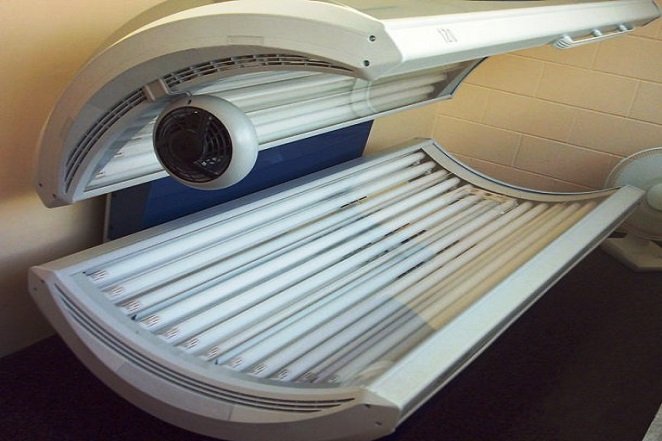 Source and image: en.wikipedia.org
Source and image: en.wikipedia.org A survey conducted in 2004 showed that about 30 million Americans were going to tanning beds. That represents almost 10% of the total U.S. population.
 Source: en.wikipedia.org, image: commons.wikimedia.org
Source: en.wikipedia.org, image: commons.wikimedia.org There are two types of UV rays - UVA rays and UVB rays. UVA rays penetrate deeper into your skin and cause tanning. UVB rays damage the more superficial skin layers and cause sunburn that might later lead to skin cancer.
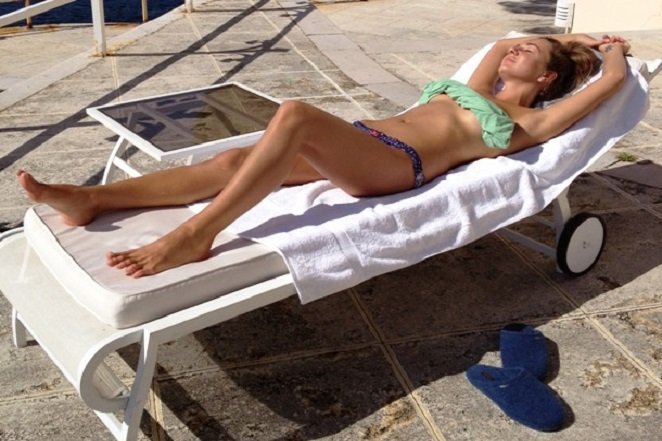 Source: healthcentral.com, image: commons.wikimedia.org
Source: healthcentral.com, image: commons.wikimedia.org There have been many research studies carried out to determine whether tanning beds are more dangerous than the sun. Their conclusions have differed greatly, but most of them suggest that indoor tanning is more risky as it emits up to 15 times more UV radiation than the Sun.
 Source: mfne.org, image: pixabay.com
Source: mfne.org, image: pixabay.com What also makes using tanning beds dangerous is the fact that the warning signs of overexposure, such as sunburn, appears later than it does outside.
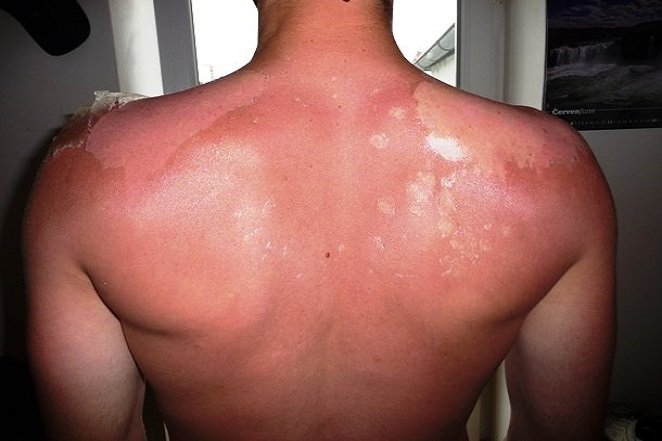 Source: en.wikipedia.org, image: commons.wikimedia.org
Source: en.wikipedia.org, image: commons.wikimedia.org In 2002, Brazil was the first country to ban tanning salons completely, as well as buying or selling tanning equipment. Australia, a country with one of the highest rates of skin cancer in the world, was the second.
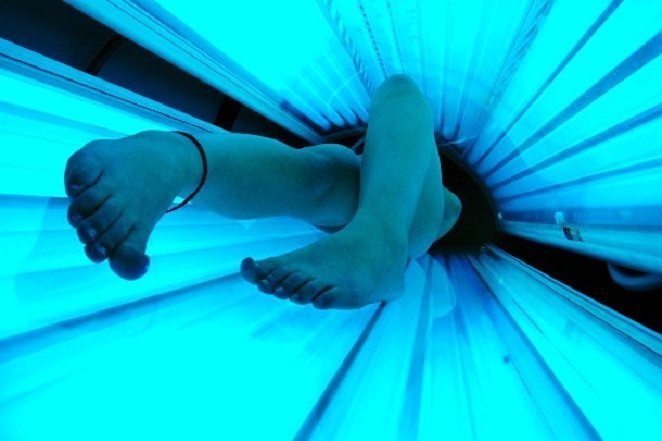 Source: molliesfund.org, image: en.wikipedia.org
Source: molliesfund.org, image: en.wikipedia.org Tanning beds might cause premature aging. Frequent tanning bed use can result in a loss of elasticity in the skin, which leads to wrinkling.
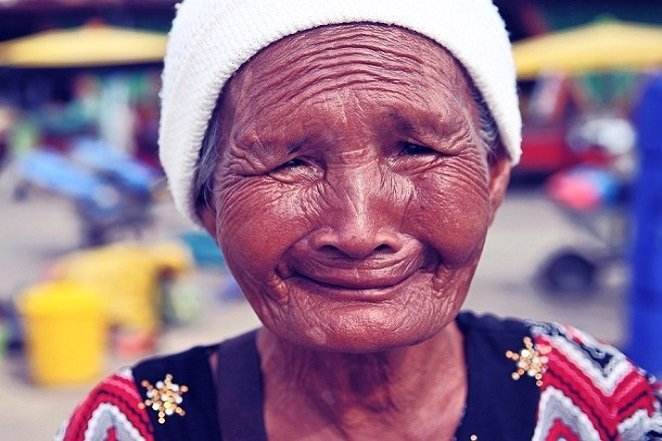 Source: livestrong.com, image: pixabay.com
Source: livestrong.com, image: pixabay.com There are high pressure tanning beds that generate primarily UVA rays with just minimum UVB rays (that are considered more harmful) by using highly specialized quartz lamps, reflector systems, and filters. These are, however, much more expensive, thus less commonly used.
 Source and image: en.wikipedia.org
Source and image: en.wikipedia.org Austria, Belgium, Finland, France, Germany, Iceland, Italy, Norway, Portugal, Spain, and the United Kingdom have banned indoor tanning for people under 18.
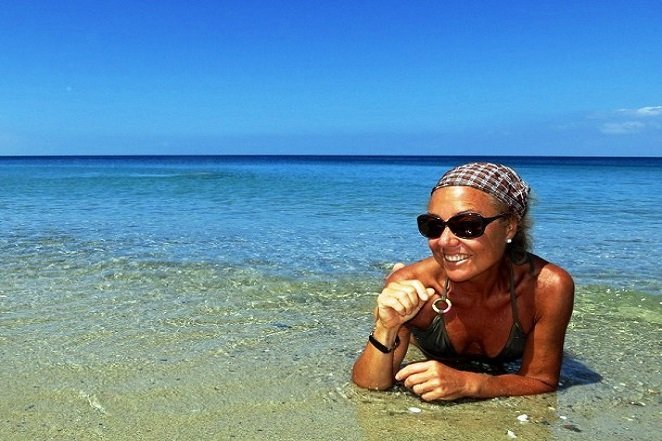 Source: skincancer.org, image: pixabay.com
Source: skincancer.org, image: pixabay.com People can become addicted to tanning. Known as tanorexia, the tanning dependence is a rare syndrome where an individual appears to have a physical or psychological dependence on sunbathing or the use of tanning beds.
 Source: en.wikipedia.org, image: commons.wikimedia.org
Source: en.wikipedia.org, image: commons.wikimedia.org Tanning might change your brain chemistry to stimulate your taste and smell. Consequently, you might be tricked into a psychological feeling that the food is tastier, and you have a craving for more than you would normally eat.
 Source: tipsfortanning.com, image: pixabay.com
Source: tipsfortanning.com, image: pixabay.com In 2010, the indoor tanning industry’s revenue in the U.S. alone was estimated to be $2.6 billion.
 Source: randomhistory.com, Image: geograph.org.uk
Source: randomhistory.com, Image: geograph.org.uk According to an essay in The Daily Telegraph, 58% of people of both sexes in Liverpool, UK, are fake-tanned at all times.
 Source: en.wikipedia.org, image: commons.wikimedia.org
Source: en.wikipedia.org, image: commons.wikimedia.org Misusing a tanning bed by not wearing protective goggles may lead to a condition known as arc eye (snow blindness), a painful eye condition that includes increased tears and a feeling of pain, likened to having sand in the eyes.
 Source: en.wikipedia.org, image: LMAP via flickr.com
Source: en.wikipedia.org, image: LMAP via flickr.com The tanning industry sometimes argues that indoor tanning helps in curing the seasonal affective disorder, a mood disorder subset in which people experience depressive symptoms at the same time each year (mostly in winter). However, there is no evidence that tanning beds have any effect in the treatment of this disorder.
 Source: en.wikipedia.org, image: commons.wikimedia.org
Source: en.wikipedia.org, image: commons.wikimedia.org Tanning does provide our body with the Vitamin D, but the best and safest way to receive the vitamin is through diet (fish, milk, eggs, cereals etc.) rather than from UV rays.
 Source: facts.randomhistory.com, image: pixabay.com
Source: facts.randomhistory.com, image: pixabay.com It has been discovered that more people develop skin cancer because of tanning than develop lung cancer because of smoking. From this point of view, tanning is actually more dangerous than smoking.
 Source: skincancer.org, image: commons.wikimedia.org
Source: skincancer.org, image: commons.wikimedia.org Tanning beds can contain microbes, some of which are pathogens that can cause skin infections or can be ingested and cause gastric distress.
 Source: en.wikipedia.org, image: commons.wikimedia.org
Source: en.wikipedia.org, image: commons.wikimedia.org It is estimated that there are currently about 19,000 indoor tanning businesses in the U.S.
 Source: selftanning.com, image: pixabay.com
Source: selftanning.com, image: pixabay.com Looking for more reasons to be careful with sunbathing and tanning? Check out 25 Insane Tan Fails You Might Want To Avoid At All Costs.
While having a tan is considered attractive in the West, many Asian women strive for the very opposite. In countries like Korea and Japan, white skin is seen as a symbol of affluence as women from noble families used to be kept from going outside where they would expose themselves to the Sun.
 Source: city-data.com, image: commons.wikimedia.org
Source: city-data.com, image: commons.wikimedia.org In the US, a typical indoor tanner is a young (aged 18 – 29), white, non-Hispanic woman.
 Source: facts.randomhistory.com, image: commons.wikimedia.org
Source: facts.randomhistory.com, image: commons.wikimedia.org Over the past three decades, more people in the US have had skin cancer than all other cancers combined. In fact, one in five Americans will develop skin cancer in the course of a lifetime.
 Source: skincancer.org, image: vimeo.com
Source: skincancer.org, image: vimeo.com When used correctly and in right amounts, tanning can be beneficial to our health. Some people with skin diseases such as keratosis, psoriasis, and eczema are treated with UVB light therapy.
 Source and image: en.wikipedia.org
Source and image: en.wikipedia.org For most people, just 5-10 minutes of unprotected sun exposure 2-3 times a week is enough to get the right amount of Vitamin D.
 Source: mfne.org, image: commons.wikimedia.org
Source: mfne.org, image: commons.wikimedia.org Sun damage is cumulative. That means your skin “remembers” every sunburn you get throughout your life, and it might make your pay for that one day. Therefore, it is crucial to prevent children from sun overexposure as their skin is even more susceptible to the damage.
 Source: skincancer.org, image: pixabay.com
Source: skincancer.org, image: pixabay.com 


























